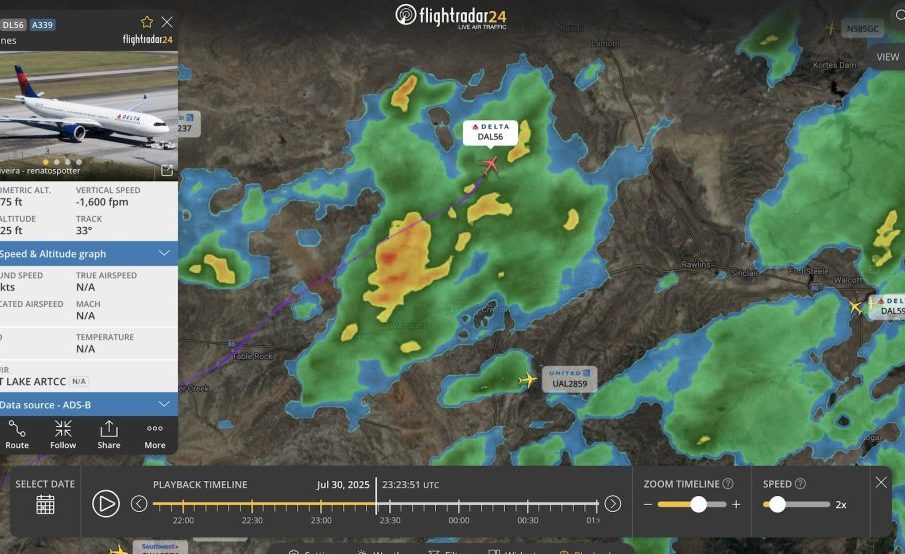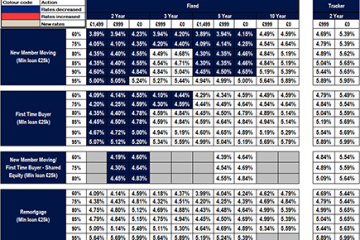Understanding Flight Radar and Its Importance in Aviation

Introduction to Flight Radar
Flight radar technology has become an essential tool for monitoring air traffic worldwide. As aviation continues to grow, the ability to track flights in real-time is of paramount importance for enhancing safety, operational efficiency, and providing valuable information to passengers. This technology allows users to see the exact position of aircraft in the sky, making it a pivotal component of modern air travel.
How Flight Radar Works
Flight radar systems utilize a combination of ground-based radar and satellite data to provide accurate information about aircraft flights. The system receives signals from aircraft transponders, which broadcast vital details such as altitude, speed, and direction. This data is then processed and displayed on maps, allowing users—from air traffic controllers to aviation enthusiasts—to track flights in real-time.
The Role of Flight Radar in Air Traffic Management
Air traffic management (ATM) relies heavily on flight radar technology to maintain safe distances between aircraft and improve overall traffic flow. By utilizing a comprehensive view of airspace, controllers can make informed decisions to reroute flights or adjust flight levels as needed, thus minimizing the risk of incidents. The recent integration of advanced data analytics into flight radar systems has further enhanced these capabilities, providing predictive insights that can reduce delays and improve efficiency.
Recent Developments in Flight Radar Technology
Recent advancements have led to the introduction of apps and online platforms that allow individuals to track flights from their smartphones or computers. Notable platforms such as FlightAware and Flightradar24 have gained popularity, offering user-friendly interfaces and real-time updates. These services not only serve to inform aviation enthusiasts but also assist in flight planning for operators and travel management companies.
Conclusion: The Future of Flight Radar
As air traffic continues to increase, so does the importance of flight radar technology. Innovations in artificial intelligence and machine learning are expected to further revolutionise how air traffic is monitored and managed. The integration of data from Unmanned Aerial Vehicles (UAVs) and the expansion of commercial space travel will also challenge existing radar systems, necessitating ongoing improvements and adaptations. For travelers, this technology means safer skies, whilst also offering a glimpse into the intricate world of air traffic management.









